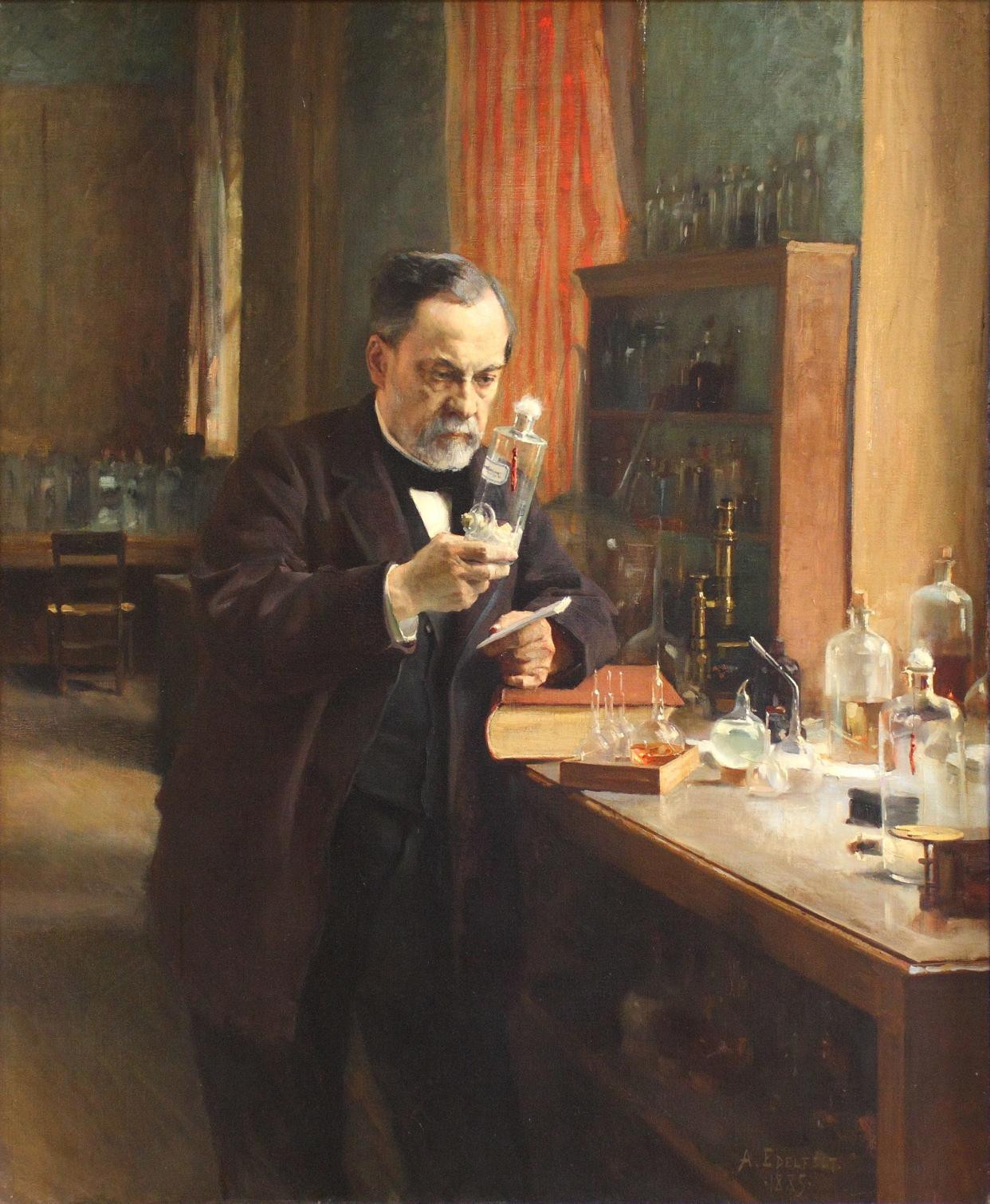Guest column: Has COVID killed the necktie and professional attire in general?

Modern medicine is often associated with Louis Pasteur, who ironically is credited with germ theory as the cause of disease. He is pictured in a coat and bow tie as his usual dress in the 1800s.
In a similar time, Florence Nightingale is considered the founder of modern nursing and adopted uniforms at her school of nursing that she started. Uniforms and white coats soon followed in the 1900s and became the standard of dress for healthcare professionals until the end of the 20th century.
The white coat has become emblematic of the medical profession. All first-year medical students routinely participate in a “white coat ceremony” that symbolizes their entry into medicine. William Halsted developed the first pair of latex gloves and surgical gowns. Uniform scrubs were first produced by the surgeon but they still remained as a long gown in the late 1800s. Scrubs were primarily used in the operating room for about 100 years. Initially, white uniforms symbolized cleanliness.
However, the all-white environment began to cause eye strain for surgeons. By the 1960s, most operating staff started wearing green scrubs to provide visual contrast. Near the end of the 20th century, scrubs became common place as uniforms for all medical professionals.
These unisex outfits have a short sleeve shirt and drawstring trousers, which are easy to launder and sterilize. Gloves, caps, face masks, gloves and rubber shoes complete the dress for operating personnel. The singular green color has evolved into bright colors and patterns which are often distinctive of different departments in the hospital. In the last decade, personal protective equipment (PPE) has become disposable instead of reusable scrubs, especially related to infectious diseases areas of the hospital.
But the necktie has remained a staple of many healthcare professionals. Doctors wear ties with white coats which have served as formalizing the profession. There have been several studies that patients prefer formal attire with a tie and white coat over scrubs with a white coat in male physicians and a suit attire with white coat in female physicians. Even the degree of patient satisfaction with their care correlated with this formal attire.
Therefore, it is no surprise that formal attire with a white coat has become the standard for clinical physicians. This has also become the standard uniform for clinical managers and directors. Administrative personnel also have adopted a suit with coat and tie for males and business suit attire for female administrative directors.
With the start of the COVID-19 pandemic, it became clear that transmission of the virus to healthcare professionals needed to be prevented using appropriate attire and coverings. Previous studies demonstrated that wearing uniforms or clothing from clinical areas to a public area or one’s home could potentially spread pathogens to those settings.
Clinical personnel started changing into scrubs and PPE on arrival and departure from their workplace. Street clothes and formal attire were a concern for transmission of the virus. With the transition to remote work and telehealth for many administrative personnel — as well as physicians — formality of dress began to become secondary to comfort and ease of attire that suited their location at home or office.
The tie is particularly a potential mode for transmission as it is worn multiple times and rarely laundered unlike most other pieces of clothing. The tie has become optional for most clinicians. This informality also carried over to most non-medical business as more meetings switched to a virtual format.

The COVID-19 pandemic has caused drastic changes in the delivery of healthcare including the importance of protection of caregivers. The importance of infection control in this era has transformed the normal dress of clinicians to primarily scrubs supplemented by appropriate PPE. Even doctors and administrators who wore formal attire with business suits or white coats have changed their usual attire to scrubs.
Most personnel have found the attire to be safer, practical and comfortable. Some professionals will return to white coats to differentiate their profession, but it is unlikely they will wear a formal business suit. COVID-19 has effectively killed the wearing of a tie or formal attire in the healthcare profession. In society outside the medical arena, American men were already dressing down in the 1960s with tieless Nehru and Mao jackets.
It seemed that the end of the tie had started. “Neckties are doomed,” the New York Daily News proclaimed in 1967.
Ties (and socks) took another hit when “Miami Vice” debuted in 1984. However, there was a resurgence of the “power tie” when movies like “Wall Street” and “Working Girl” glamorized the financial sector. According to the Men’s Dress Furnishings Association, a tie-makers’ trade group, tie sales in the United States peaked at $1.3 billion annually in 1995, before entering a steep decline.
Relaxation of the workplace dress codes with “Casual Fridays” started the concept of business casual. The emergence of the tech sector and Silicon Valley CEOs who routinely dressed in more casual attire also accelerated the decline of business formal wear. Even before the start of the COVID-19 crisis, the New York Post declared in 2016, “Let’s face it, the tie is dead.”
“The Necktie Might Finally Be Dead,” echoed Philadelphia Magazine in the summer of 2019. Henley and collarless shirts became popular as alternatives to overly casual T-shirts and formal dress shirts.
In 2019, COVID-19 sent most of the world home in front of screens and soon all business formality in dress was lost over the past two years. As offices gradually opened, the prior rules for in person interactions changed as did rules for business dress. The business suit for men and women became optional in most workplaces and were only worn at formal weddings and events.
The new standard for dress at many offices, schools or universities and even upscale restaurants is now — at best — a button-down collared shirt or polo shirt ... without a tie.
COVID-19 has not only changed how healthcare is delivered and how we conduct our everyday lives, but also how we dress.
Dr. Shyam Paryani, MD, is a health administration professor at the University of North Florida.
This guest column is the opinion of the author and does not necessarily represent the views of the Times-Union. We welcome a diversity of opinions.
This article originally appeared on Florida Times-Union: Guest column: Has COVID killed the necktie (and professional attire)?

